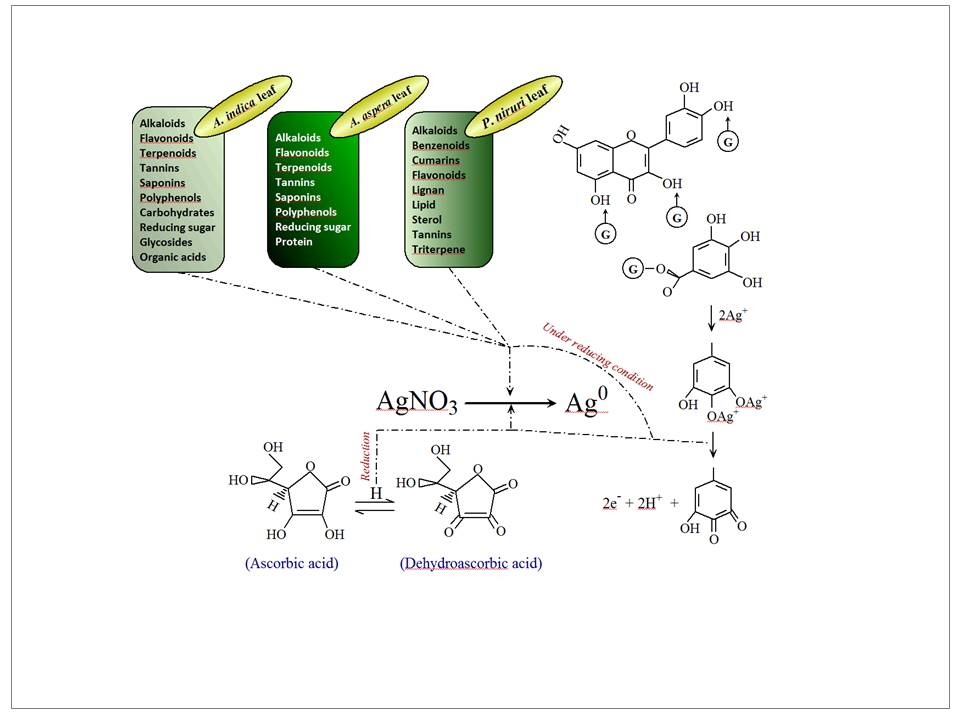Title
Medicinal Plants Derived Silver Nanoparticles: Cytotoxicity Assay Against Human Monocytic Leukemia (THP-1) Cell Line
Authors
Niraj Kumari,*a Priti Kumari,a Anal K. Jhab and Kamal Prasad*c
aAryabhatta Centre for Nanoscience and Nanotechnology, Aryabhatta Knowledge University, Patna, 800001, India.
bUniversity Department of Chemistry, T.M. Bhagalpur University, Bhagalpur, 812007, India.
cUniversity Department of Physics, T.M. Bhagalpur University, Bhagalpur, 812007, India.
*Corresponding author E-mail address: prasad_k@tmbuniv.ac.in (Kamal Prasad)
Article History
Publication details: Received: 22nd April 2021; Revised: 26th June 2021; Accepted: 26th June 2021; Published: 24th July 2021
Cite this article
Kumari N.; Kumari P.; Jha A.K.; Prasad K. Medicinal Plants Derived Silver Nanoparticles: Cytotoxicity Assay Against Human Monocytic Leukemia (THP-1) Cell Line. Nano Prog., 2021, 3(6), 1-6.

Abstract
The silver nanoparticles have been extensively studied as antimicrobial agents in recent past but very limited information about its antitumor and/or anticancer activity are available in the literature. In this work, a comparative study of the cytotoxic potentials of Phyllanthus niruri, Achyranthes aspera and Azadirachta indica mediated biosynthesized silver nanoparticles (SNPs) against THP-1 cells, a human leukaemia cell lines have been undertaken. These SNPs showed a dose-dependent cytotoxicity using the WSA-1 assay against THP-1 cells and the activation of reactive oxygen species (ROS) generation by DCFH-DA assay. The results distinctly indicated its probable use as a therapeutic drug for future cancer treatment. The formations of SNPs were ascertained by X-ray diffraction, scanning and transmission electron microscopy, and UV-visible spectroscopy techniques. A biosynthetic mechanism accomplishing nano-transformations has also been proposed where the responsible phytochemicals such as different alkaloids, flavonoids, tannins, saponins and organic acids present in the leaves’ parenchyma were considered.
Keywords
Silver; nanoparticles; bionanotechnology; green synthesis; cytotoxicity; THP-1 cells